Some years ago, an innovative study showed the medical world that a simple flower can help lower high blood pressure. It showed that following the British custom of ‘sipping a cuppa’ really helped to keep the pressure down. Blood pressure was lowered when participants drank three cups daily of herbal tea containing hibiscus.
The study was simple and showed overall that drinking blends of hibiscus tea lowered systolic blood pressure – the top number in the blood pressure reading – by an average of 7 points. This was significantly more than the 1-point drop observed in people who were given a placebo in the form of hibiscus-flavoured water and comparable to blood pressure medication, says Diane L. McKay, PhD, of Tufts University in Boston.
While a 7-point drop in blood pressure might not seem much, she says studies have shown that “even small changes in blood pressure … when maintained over time … will reduce the risk of stroke and heart attack. The longer you keep your blood pressure down, the better the protection.”
These results are impressive especially when added to the fact that this study lasted just six weeks. More research is needed to determine whether herbal tea’s blood-pressure-lowering effect can actually be sustained in the long term and that drinking hibiscus tea daily for a longer period of time could further reduce blood pressure. Further studies may show that a much greater drop in blood pressure may be seen if the concentration was increased safely.
Elevated blood pressure can be extremely dangerous and if poorly controlled results in an increased risk of heart attacks, strokes, kidney disease and blindness. If there is a family history of blood pressure it is important to have your blood pressure monitored regularly as elevated blood pressure does not always produce symptoms.
Blood pressure medication needs to be prescribed by a doctor; the most common of which are the ACE inhibitors which have a vasodilatory effect by opening up the blood vessels. Natural therapies can be used alongside this medication but always check with your doctor before taking anything new especially if you are on blood thinning medication or diuretic drugs in which case potassium should be avoided.
This holistic approach of using drugs alongside nutritional medicine also includes healthy lifestyle choices such as regular exercise, maintaining a healthy diet, avoid smoking and limiting alcohol. Just like hibiscus can help lower your blood pressure without causing any side effects so too can other blood-pressure lowering nutrients.
A low carbohydrate diet should include regular protein, legumes, nuts, fresh fruits and vegetables to help reduce insulin levels which in turn reduces high blood pressure. The book, I Can’t Lose Weight and I Don’t Know Why by Dr Sandra Cabot, outlines an easy-to-follow and effective low carb eating plan. It is assists those with a fatty liver, high blood glucose, elevated insulin and insulin resistance, abdominal weight gain, blood lipid problems and carbohydrate cravings.
Dr Cabot’s book, Raw Juices Can Save Your Life, outlines juicing recipes and smoothies to help reduce hardening and blockage of the arteries. This book is an A-Z medical guide to raw juicing. Page 52 in particular for high blood pressure.
Sources:
http://www.webmd.com/heart/news/20081110/hibiscus-tea-may-cut-blood-pressure
Herrera-Arellano A, Miranda-Sanchez J, Avila-Castro P, et al. Clinical effects produced by a standardized herbal medicinal product of Hibiscus sabdariffa on patients with hypertension. A randomized, double-blind, Lisinopril-controlled clinical trial. Planta Med. 2007;73:6-12.


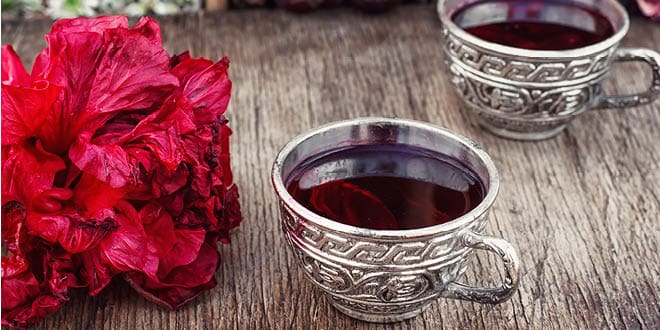

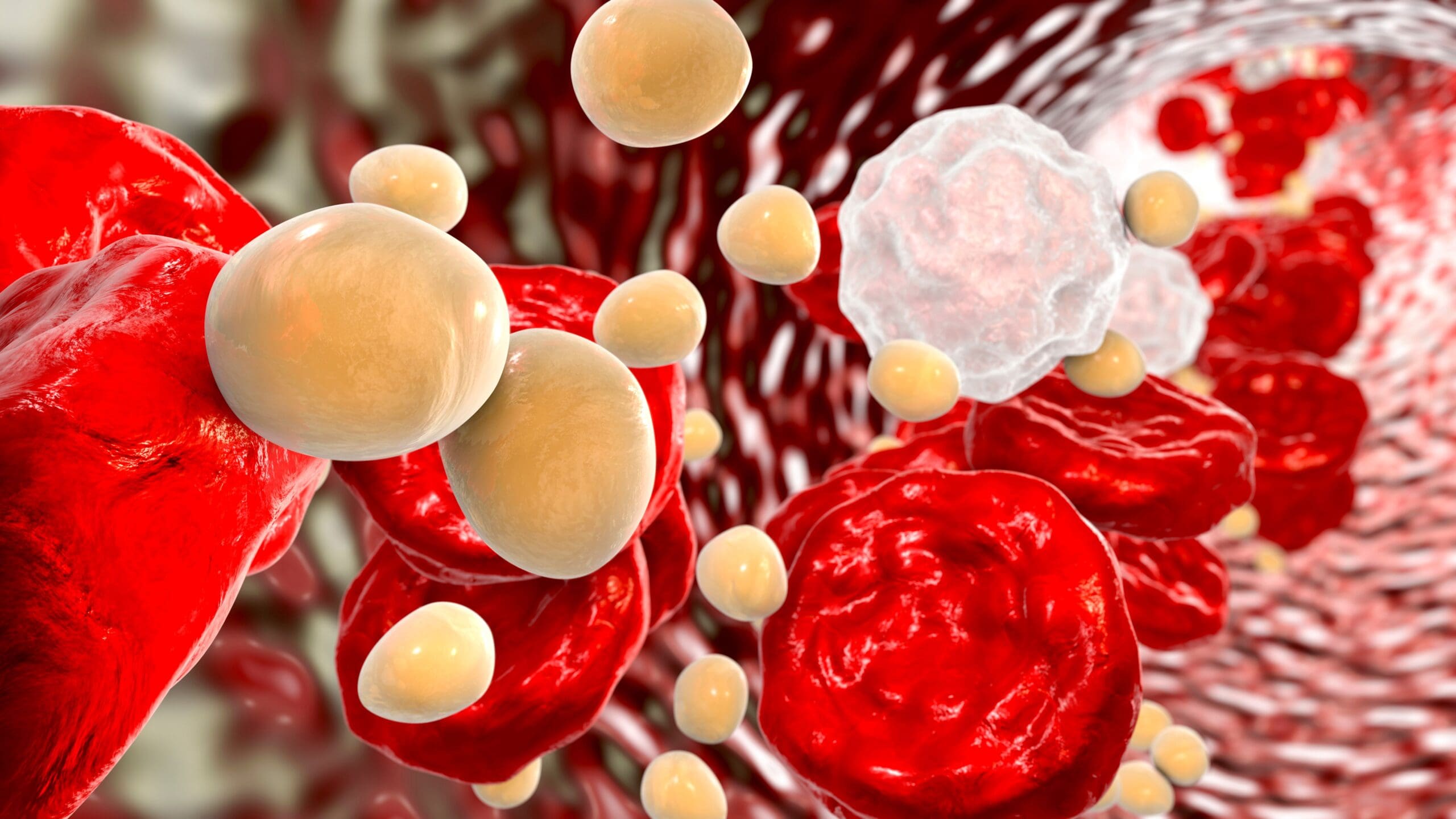
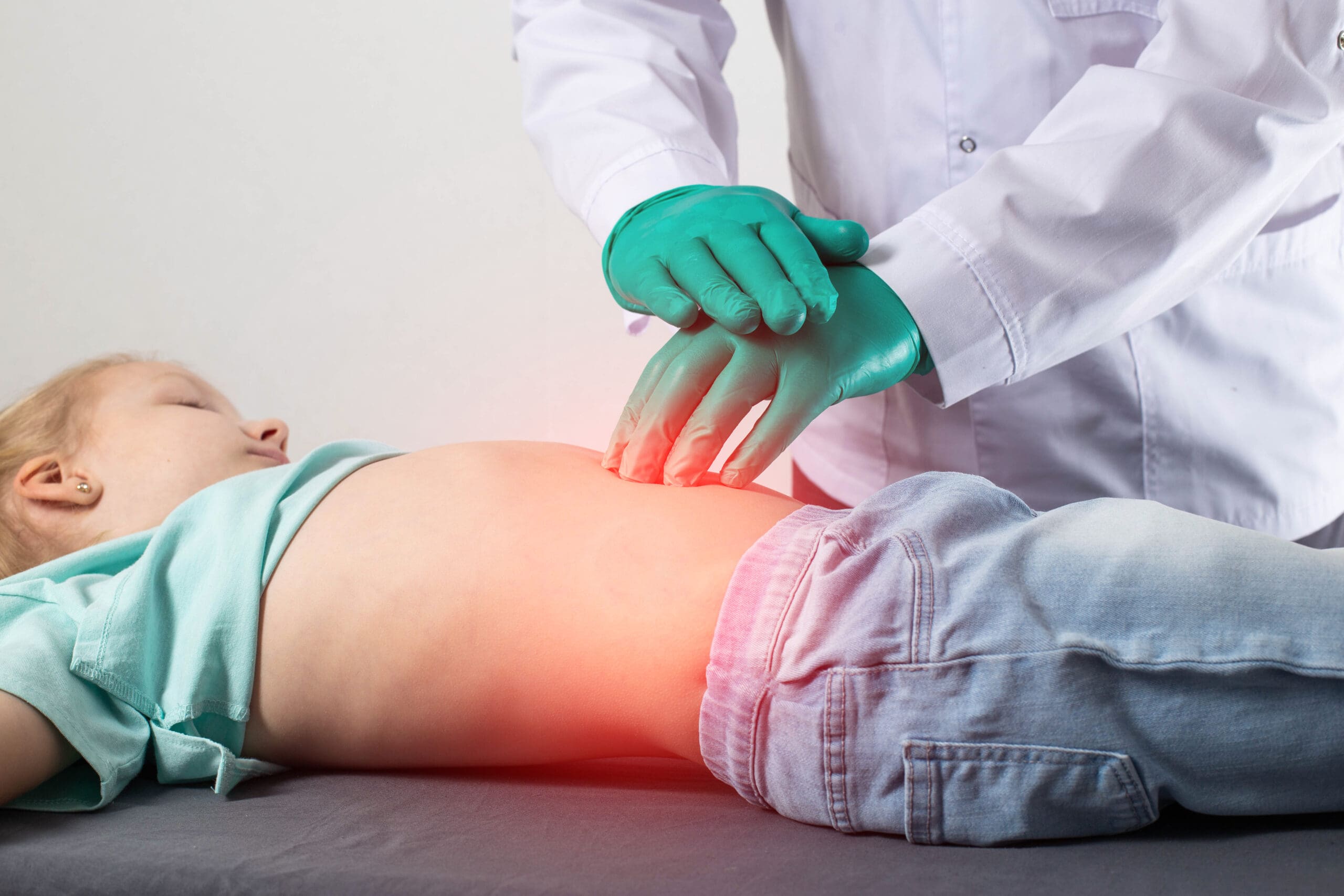
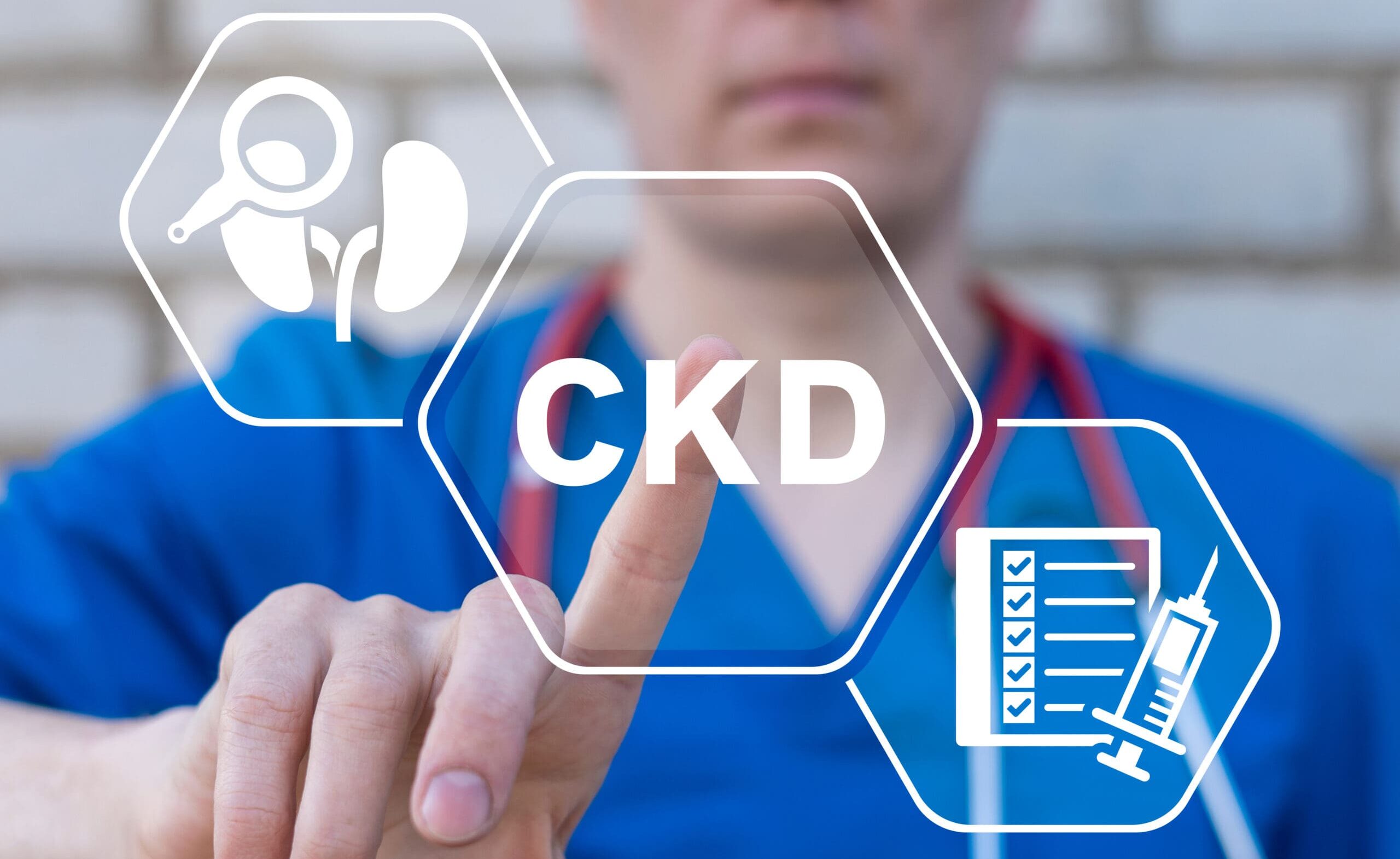
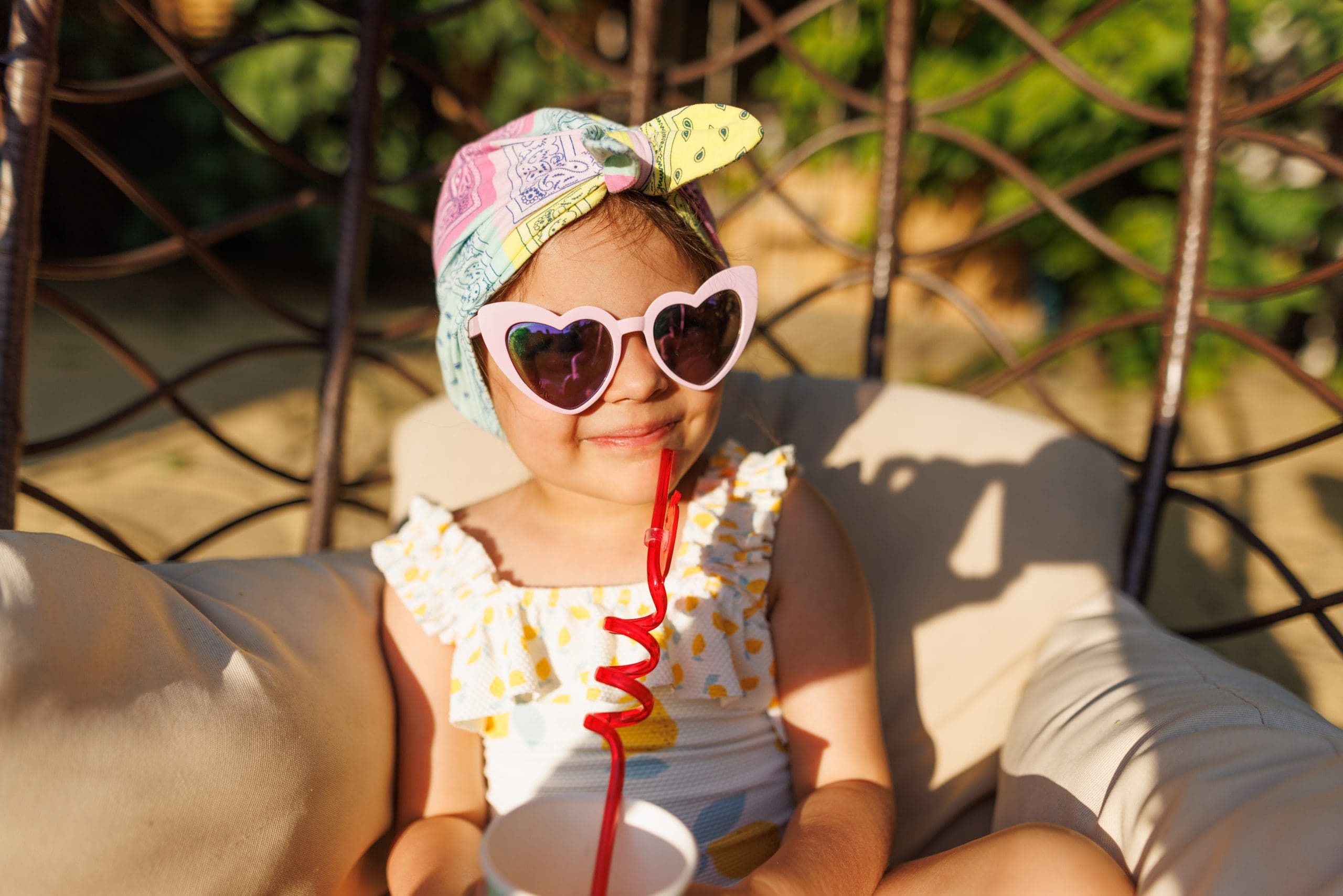
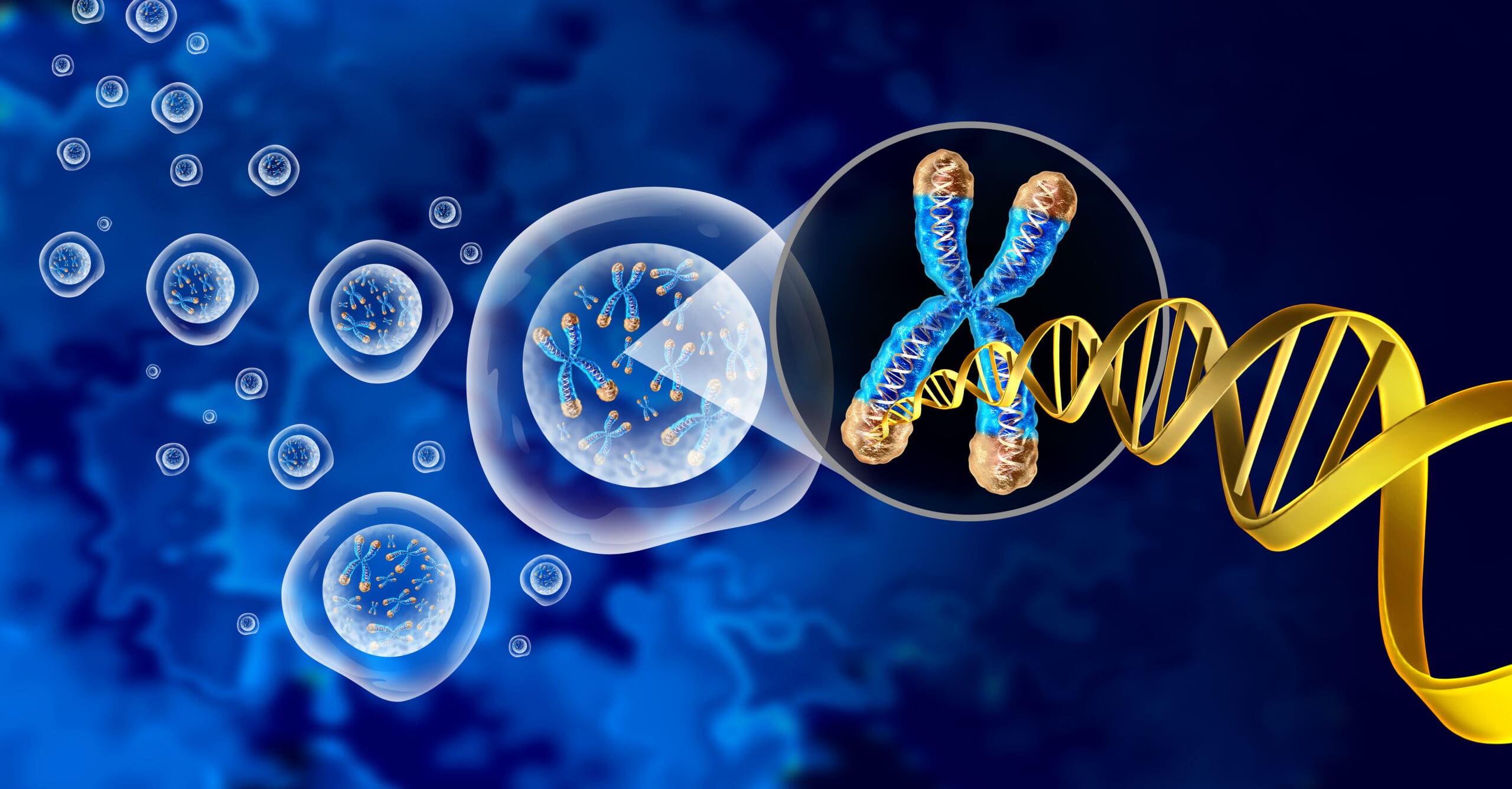
Leave A Comment